The White Lily (Lilium candidum) is a plant belonging to the family of Liliaceae. It is one of the most common species of lily and its flower has a strong symbolic charge. In fact, it is also known by the names of lily of Sant’Antonio, lily of the Madonna And lily of St. Louis, since it is a symbol of purity and chastity and we often find it in religious iconography. Specifically, Saint Anthony of Padua is depicted with a white lily in his hand, hence the first name. He also appears in many paintings depicting the Madonna. Finally, in the iconography of Louis IX of France (made a saint in 1297), he symbolizes faith, wisdom and medieval chivalry. Therefore, the white lily flower has long been present in the collective imagination, also because it has always been cultivated as an ornamental plant and, in some areas, even grows spontaneously.
In this article we will introduce you to the botanical characteristics of Lilium candidumthe cultivation techniques in the garden, the properties of the plant and its medicinal uses.
Description of the white lily
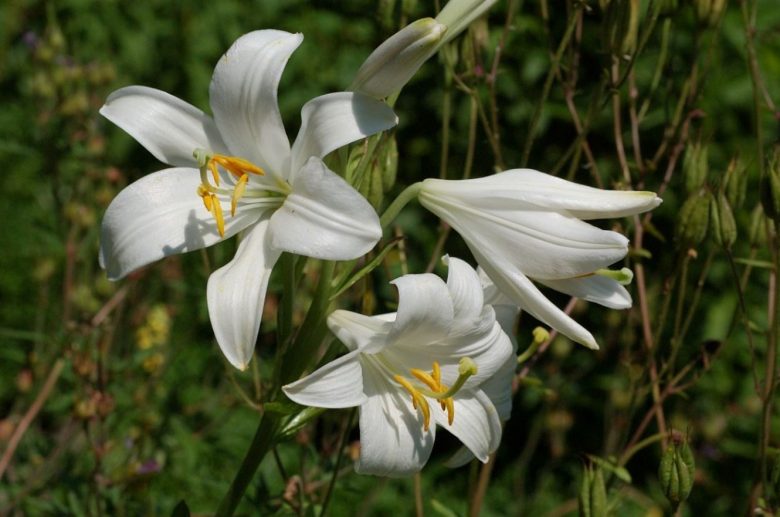
The Lilium candidum is a perennial plant with the biological form of bulbous geophyte. The survival organ is therefore the bulb, large, piriform and compressed, composed of numerous elongated yellow scales. From the bulb, before winter, the primary leaves arise, grouped in a tuft. Among these, in the following spring, the floral stem appears, erect and rigid, on average 100-120 cm tall, but which can even reach 2 m.
Leaves
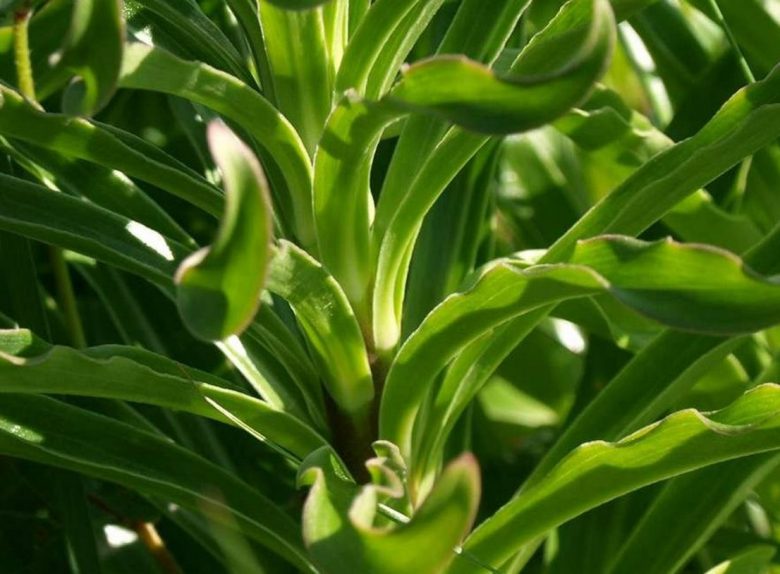
The winter leaves of the white lily are 6-8 in number, lanceolate and without petiole, with sharp apex and often wavy margin. They are also hairless, with a shiny green upper page. The leaves that arise on the stem are instead smaller and smaller up to the upper ones which are in practice transformed into small bracts.
Flowers
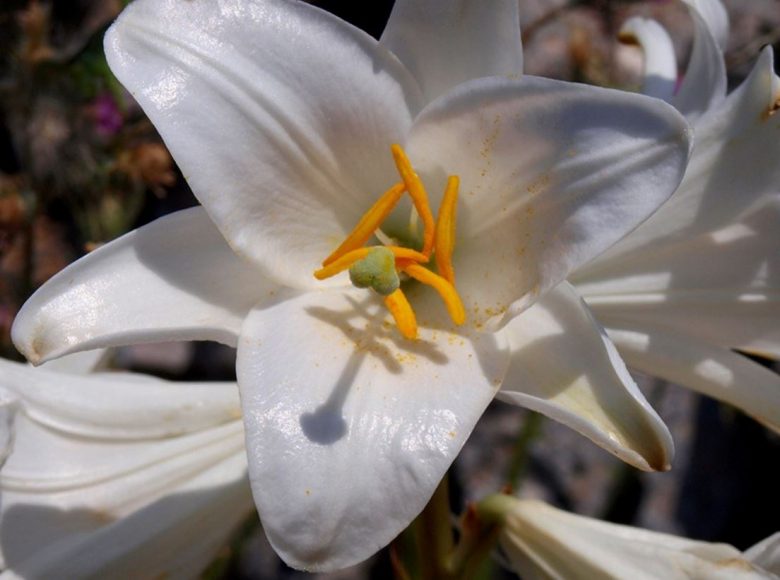
The white lilies, from 5 to 20 for each stem, form a short apical raceme and are equipped with a robust peduncle. The 5 white tepals are lanceolate with the apical portion facing outwards and backwards, with the internal surface smooth. The 5 stamens have large anthers with yellow-orange pollen. The flowering of the Sant’Antonio lily typically occurs at the beginning of summer, but the first lilies can be seen sprouting from the end of May.
Fruits
The fruit of Lilium candidum it is an elongated capsule that opens into three parts when ripe, dropping numerous round and flat light brown seeds.
How to grow the white lily
In nature, the white lily grows spontaneously in areas with a temperate-mild climate. The plant in winter can withstand moderate, but not prolonged frosts. This means that in the garden it can be grown anywhere, except in the mountainous or lowland areas, subject to constant frosts. Ideal exposure should be bright and sunny, however in warmer regions full sun exposure throughout the day could cause leaf scorch. In this case it is better to opt for exposure in partial shade.
Ground
The most suitable soil for the cultivation of Lilium candidum is that of medium mixturefresh and draining, with a good supply of organic matter it’s a neutral pH (at the sub-acid limit). It does not grow well in too clayey and compact soils, which give rise to water stagnation, thus risking to rot the bulbs.
The basic fertilization is positive, the important thing is that it is done with organic fertilizers very mature, like manure, earthworm humus And home compost.
For the cultivation of the white lily in pot it is sufficient to use a good universal soil, mixed with 10/15% of fine sand.
Planting and period
The simplest method for reproducing and starting white lily cultivation is through i bulbs (found here) or obtained from a mother plant. Being that the plant of Lilium candidum it has a winter-summer vegetative cycle, the best time for planting the bulbs is at the end of summer, after flowering.
Considering the case of reproduction from a mother plant, just remove the bulb from the ground with a spade and extract the small bulbils that grow attached to it. These go then planted in another position in the flowerbed or in a pot, keeping a distance of 20-25 cm between one bulb and the other. Unlike other bulbous plants, such as i tulipswhich need a certain planting depth, the white lily bulb is planted relatively shallow, at most 10-15 cm.
Irrigation
White lily watering is only necessary in spring-summer, if there are long periods of drought. Do not overdo the water intake, in order to avoid causing rottenness to the bulb.
White lily pruning
The white lily does not need pruning. Only at the end of flowering it is advisable to cut the stems by now dry flush with the ground.
Parasites and diseases
Despite being a rather rustic plant, the white lily can be attacked by some pests. Pay particular attention to the lily cryo, a small beetle that devours leaves. Another problem may be due to the presence of snails, also greedy of tender leaves. As for diseases, the main risk is bulb rot, this can easily be avoided by ensuring our plants have well-drained soil.
Useful parts and collection
Not everyone knows that the white lily owns appreciable medicinal properties. The useful parts of the plant are the tepals and bulbs. The tepals are harvested when they are opened, therefore late spring-early summer. The bulbs, on the other hand, are harvested in September, when the plant enters vegetative rest. To pick the bulbs, just dig them with a hoe and then remove the scales one by one. For conservation, the tepals are dried in a thin layer in the shade. The scales of the bulbs, on the other hand, are dried in the sun or near a small heater with moderate heat. Both parts keep well in glass or porcelain jars.
Properties of the white lily
The main constituents of the white lily are: mucilage, tannins, sterols and glycosides of the scillin type. From these active ingredients derive properties: emollient, soothing and anti-inflammatory.
Indications
As mentioned, the beneficial properties of the white lily are contained in the flowers (tepals) and bulbs. The latter are also attributed diuretic, emmenagogic and expectorant properties, which however it is not appropriate to exploit for internal use due to toxicity risks. On the other hand, traditional use for external and cosmetic use is valid and safe. The pulp of the cooked bulb is useful for resolving boils and paterecci, as a generic anti-inflammatory and emollient on red skin, burns and sores. For cosmetic use, the pulp of the crushed fresh bulb is instead indicated to improve the appearance and consistency of senescent and tired skin.
The tepals, on the other hand, are traditionally used as a soothing agent in case of sunburn, dermatosis, eczema and itching. In this case an oily tincture is prepared, with 10 g of tepals in 100 ml of olive oil, to be used to make light frictions on the affected parts.

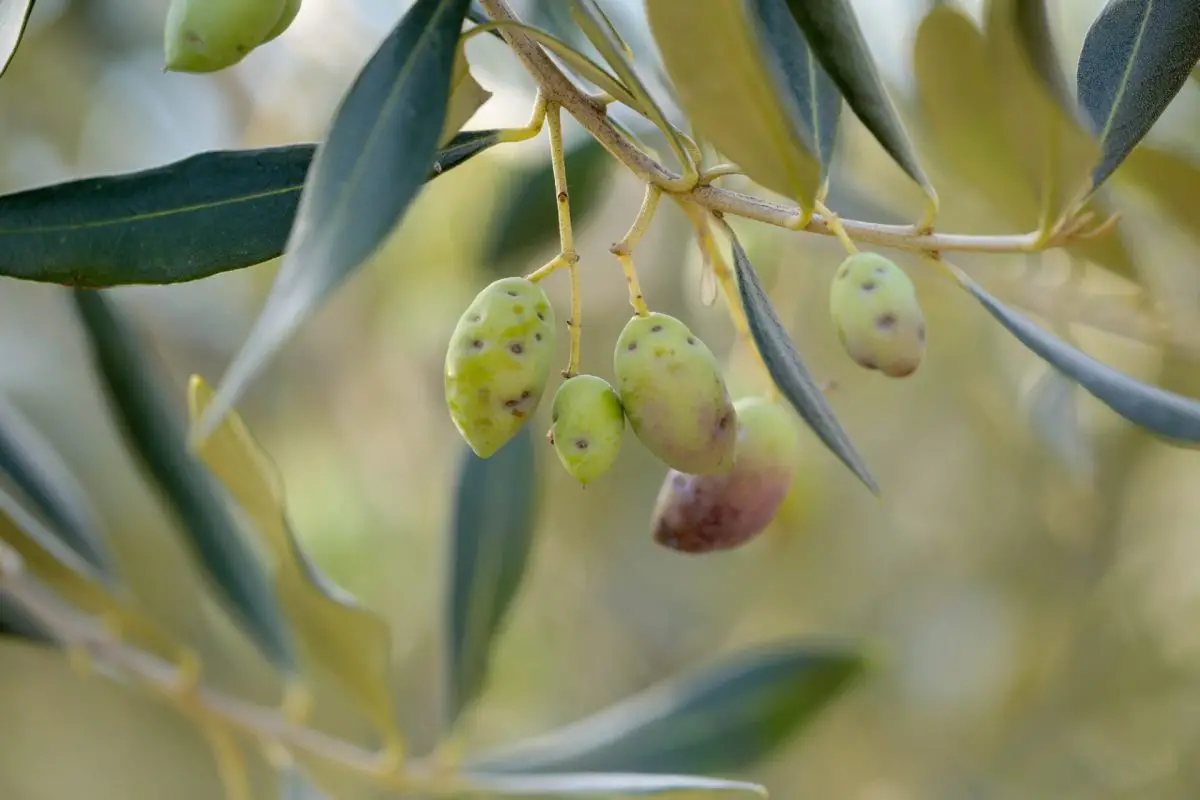
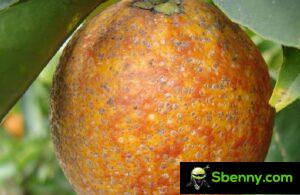
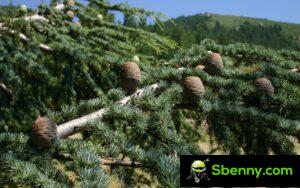
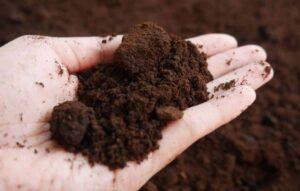


Start a new Thread